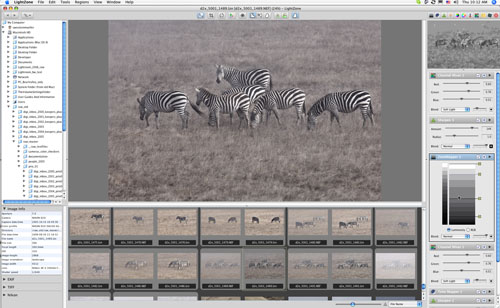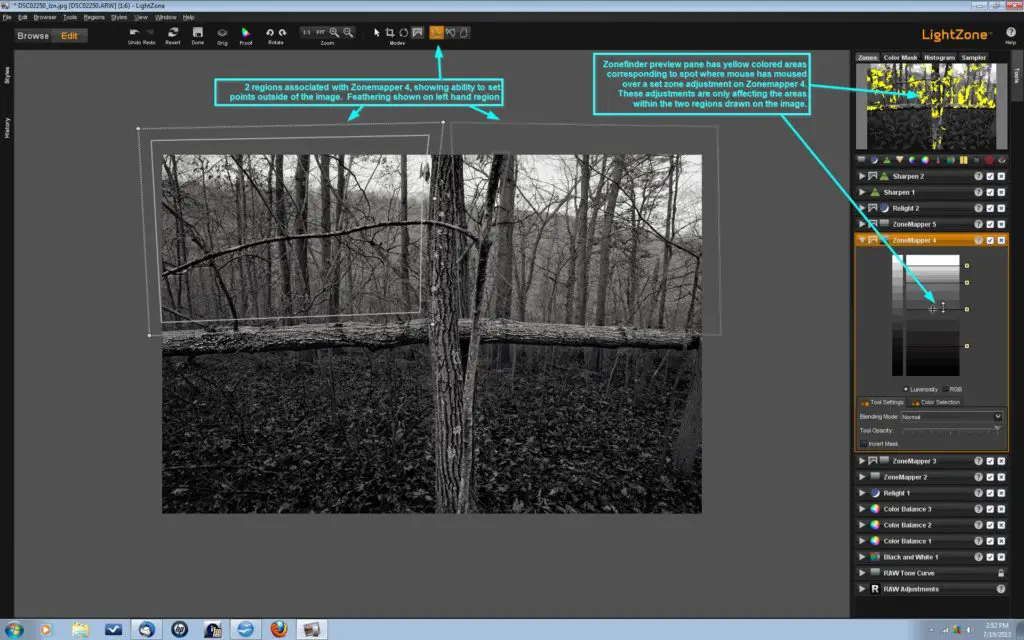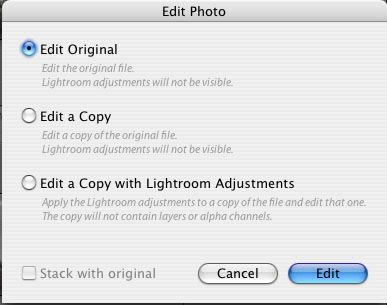

- #Lightzone workflow how to
- #Lightzone workflow software
- #Lightzone workflow windows
One excellent thing about the tools in LightZone: you can apply them to individual colors selectively.
#Lightzone workflow software
I’m not sure if that’s the software or this computer, but this computer works fine for other image processors, so I think it’s the software and not the computer. It’s really a fairly interesting tool, and some people use it to interesting effects-there’s an interesting workflow article here, for example-but it’s not near responsive enough for me. Here are some screenshots of the ZoneMapper in action. This means I require some ability to flip the image to get it back to ‘as shot.’Īt the nursury before work23©JamesECockroft 20150118 lzn I shoot the emulsion straight on so I can get the sharpest ‘scan’ possible.

Ultimately, LightZone is of little use to me in converting negatives.

Darktable’s Zone System module is close, but not quite.
The Zone Mapper is a fairly innovative tool, unlike many things you see in competing applications. (This has been plaguing me in other apps… Strangest thing: I’ve found that the integrated graphics tends to run smoother in many applications-including Lightroom and some other tested programs-than the discrete card.) I tried with both the discrete (NVIDIA 650M) and the integrated (Intel 4000) graphics, and the NVIDIA was slightly faster, but still choppy. This makes it night-on impossible to nudge things back & forth. Tools are easy to use, more or less, but they don’t show what they’re doing while they’re doing it: you have to release the tool to see your changes. I googled around a bit, and it seems like there’s no plan to include this feature. There is no readily recognizable way to flip/mirror the image. Rotate tool rotates the frame rather than the image… this is backwards of many others (Lightroom, anyway), and makes it very difficult for me to get the straightening like I like it. I googled around a bit and found an answer: convert negative to positive by opening a Zone Mapper tool, changing the mode to RGB, dragging zone X to zone 0, and setting the blend mode to ‘Difference.’ (Click the tool name to rename it if you want to save as a preset, as I did.) Add a second Zone Mapper to add ability to increase contrast and whatnot. #Lightzone workflow how to
It wasn’t immediately obvious how to convert negative to positive, as there is no tone curve in LightZone. Tools are a bit limited compared to other darkroom softwares: include the innovative-ish ZoneMapper tool, Relight (shadows/highlights, detail, depth and fuzz), Gaussian Blur, Hue/Saturation, Color Balance, White Balance, Black & White, Noise Reduction, Clone, Spot, and Red Eyes. RAW conversion/manipulation only: no cataloging, no obvious keywording. Other reviewers have gone into more detail on its history, and you can surf around and find more information with relative ease.Īdmittedly, I gave up on this one rather early… Read on if you want to find out why. It was originally a paid application, but converted to open source some years ago. LightZone is an open-source, cross platform RAW converter, and little more. Installation: must register to get to the installer installation is otherwise normal. #Lightzone workflow windows
Platforms Available Tested: Linux, Mac, Windows

Program: LightZone (tested version: 4.1.0~rc1)








 0 kommentar(er)
0 kommentar(er)
